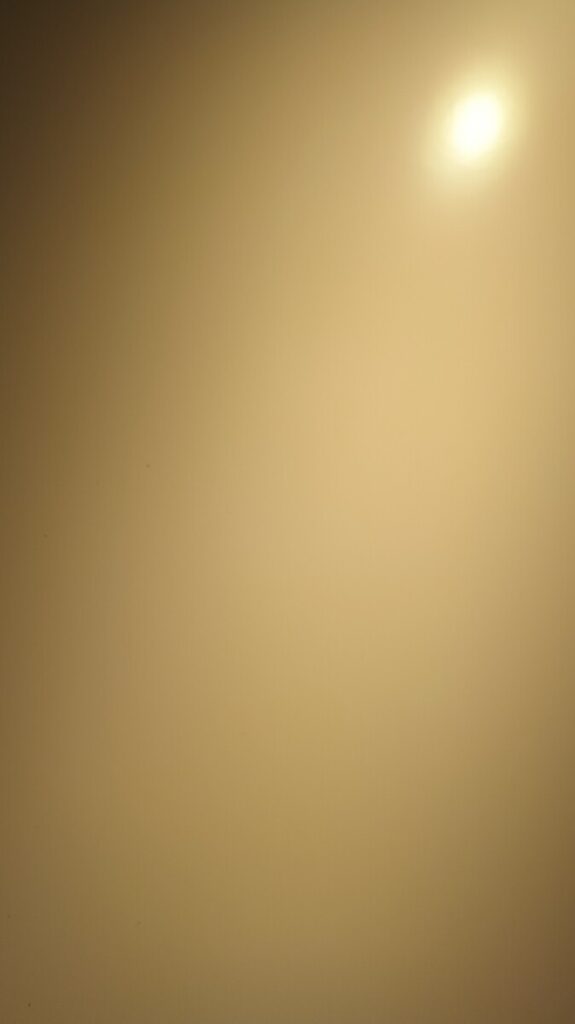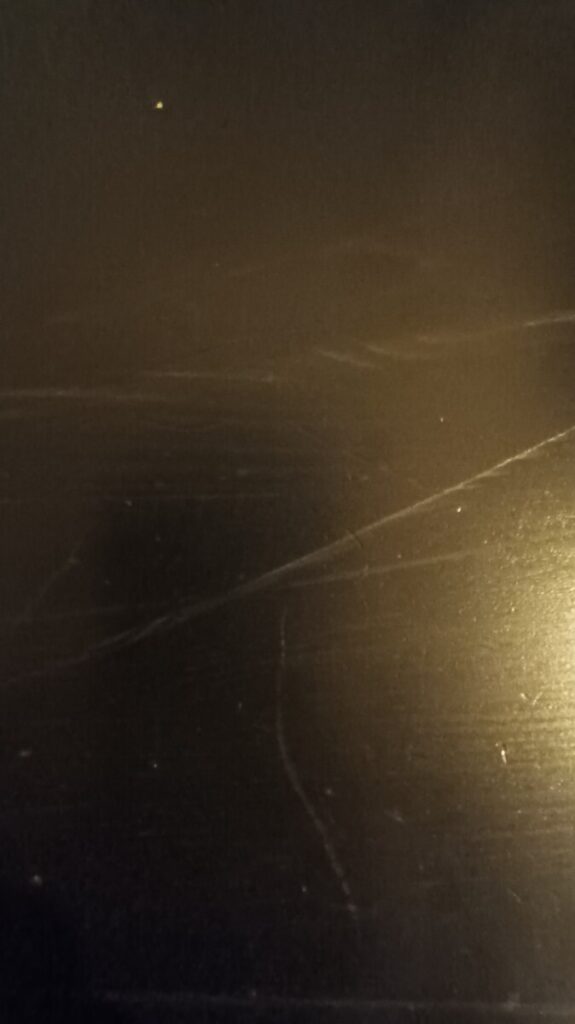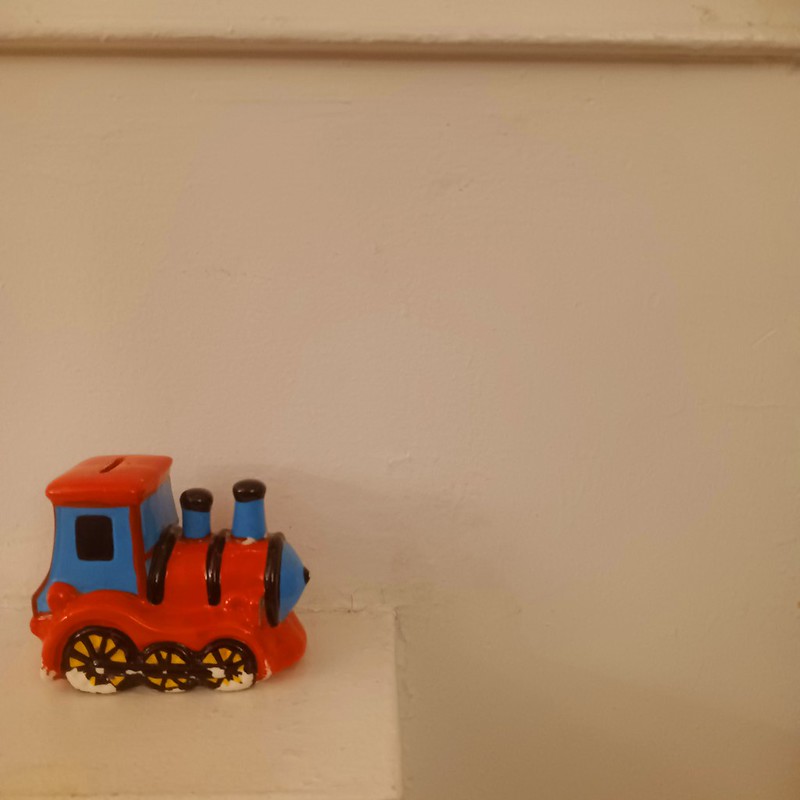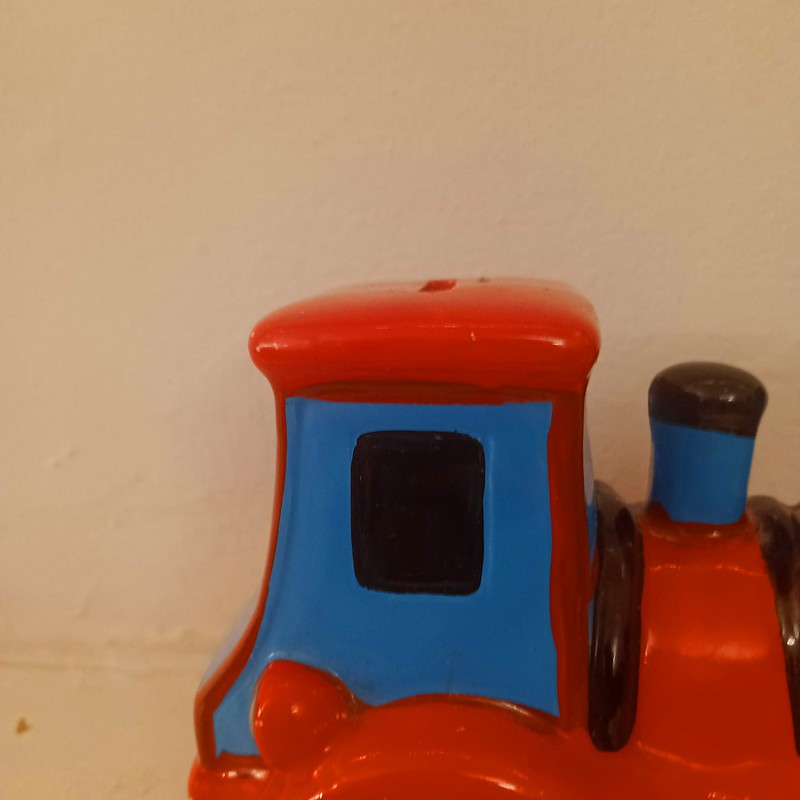It’s important to know what’s in a frame, and what’s NOT in a frame. When taking a photo, a frame adds layers and layers in depth. It’s just like how we want to incorporate layers in digital art. To paraphrase Joel Meyerowitz, he says it best where you have two eyes. One eye looks into the lens of a leica camera, while the other looks at the rest of the world. When taking a picture, you are only capturing a certain aspect of the world, leaving out the rest “out of the picture” like they say. Sure you can take straight forward pictures of stuff. No certain angles means no dynamic. With certain angles, a certain distance and maybe some objects in between, you have a good frame. A frame, within a frame, creates depth. It mostly makes it to better show a focal point with rule-of-thirds. It makes the quality of a certain subject crispier.












Recent Comments